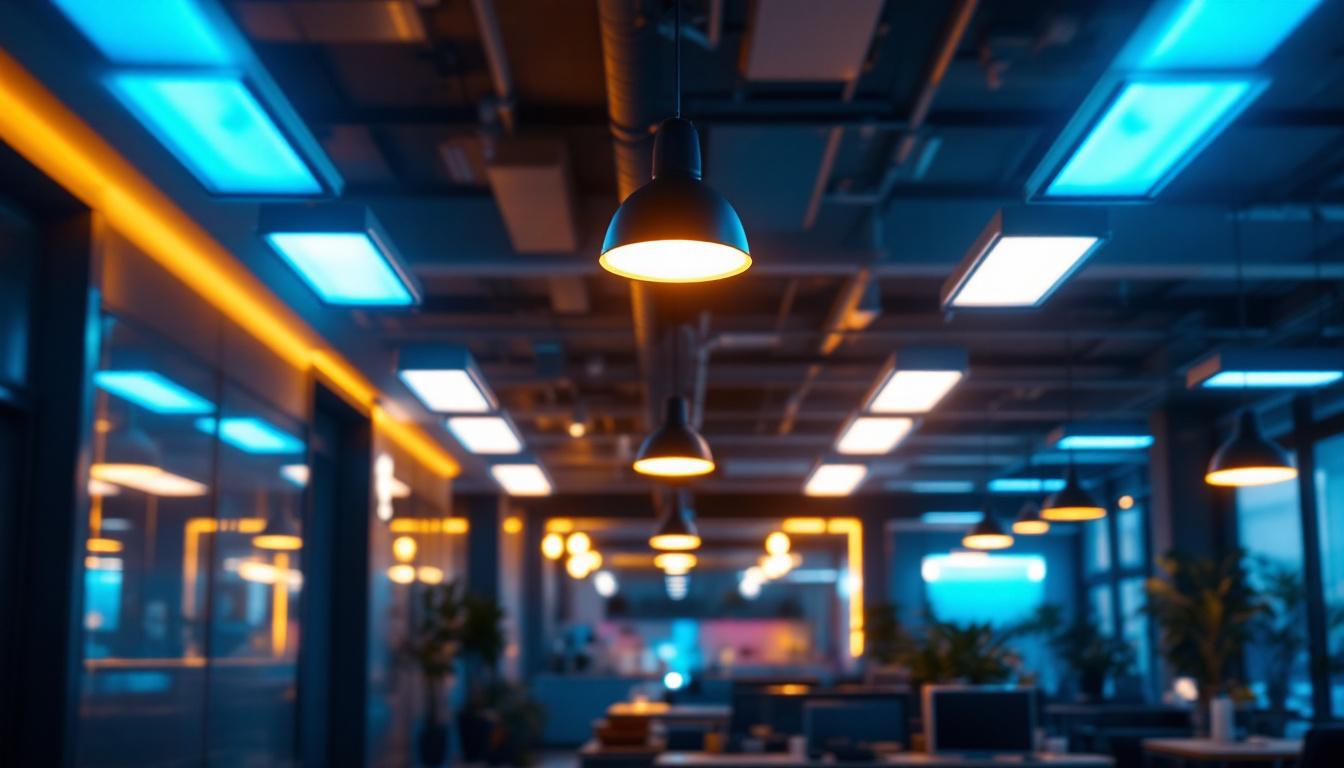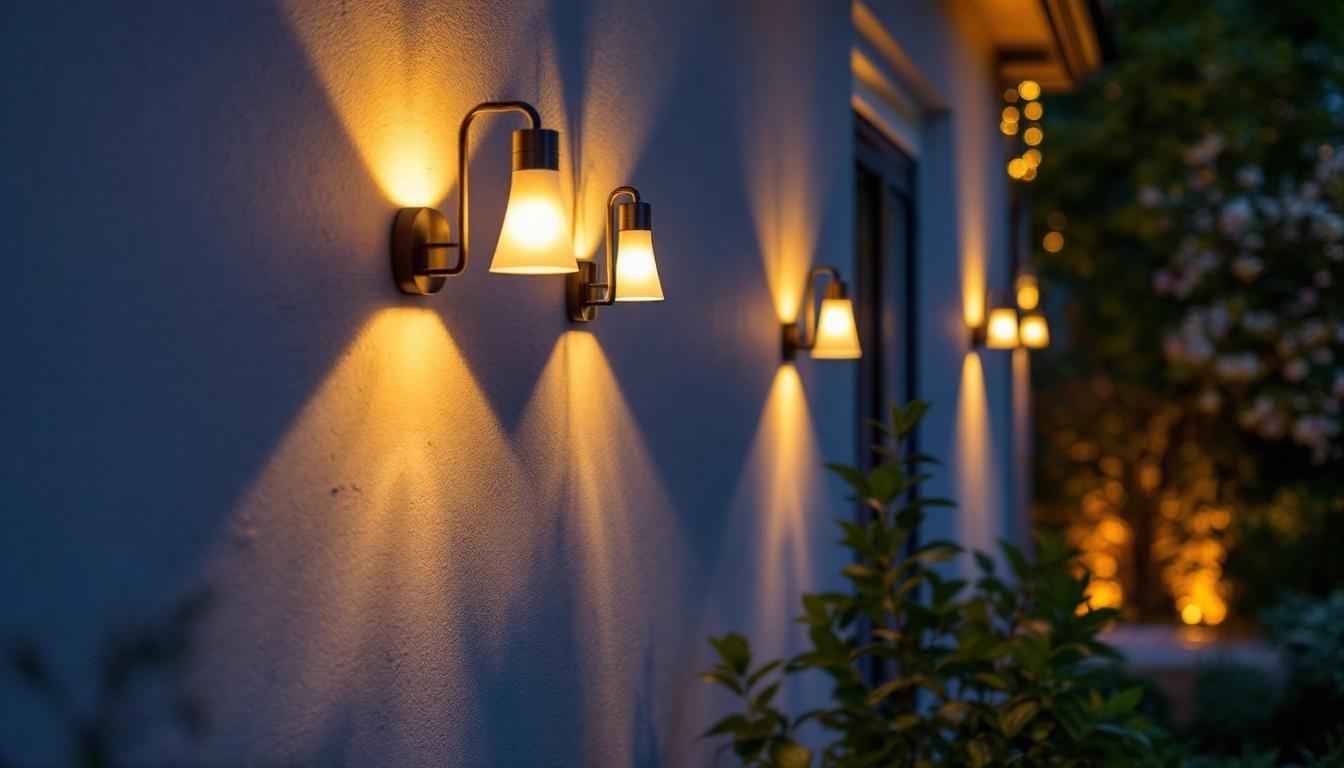
The lighting industry is undergoing a significant transformation, with LED technology leading the charge. As a lighting contractor, understanding the benefits of converting to LED can not only enhance your service offerings but also maximize profitability for your business and your clients. This article delves into the various aspects of LED conversion, exploring its advantages, implementation strategies, and the financial implications for contractors.
LED lighting has emerged as a preferred choice for many applications due to its numerous advantages over traditional lighting technologies. Understanding these benefits can help contractors effectively communicate the value of LED solutions to clients.
One of the most compelling reasons to convert to LED is energy efficiency. LEDs consume significantly less power compared to incandescent and fluorescent lights, often using up to 80% less energy. This reduction in energy consumption translates directly to lower electricity bills for clients, making LED installations an attractive option for both residential and commercial properties.
Moreover, energy-efficient lighting solutions contribute to a reduced carbon footprint, aligning with the growing emphasis on sustainability in various industries. By promoting energy efficiency, contractors can position themselves as environmentally responsible and forward-thinking. Additionally, many regions offer incentives and rebates for businesses and homeowners who switch to LED lighting, further enhancing the financial appeal of these solutions. This not only encourages clients to make the switch but also allows contractors to showcase their knowledge of available funding options, making them valuable partners in the transition to more sustainable practices.
LED lights have an impressive lifespan, often lasting up to 25,000 hours or more, compared to the 1,000 hours of incandescent bulbs. This longevity means that clients will experience fewer replacements and lower maintenance costs over time. For contractors, this translates into fewer service calls and a more streamlined operation.
In addition, the durability of LED fixtures makes them less susceptible to damage from shocks, vibrations, and extreme temperatures. This resilience is particularly beneficial in industrial and outdoor settings, where traditional lighting may fail more frequently. Furthermore, many LED products are designed to withstand harsh environmental conditions, such as moisture and dust, making them ideal for use in warehouses, factories, and even outdoor landscapes. This adaptability not only enhances the reliability of the lighting solutions provided but also allows contractors to expand their service offerings to a wider range of clients, including those in challenging environments.
LED technology has advanced significantly, providing high-quality light that enhances visibility and aesthetics. With options for various color temperatures and brightness levels, LEDs can be tailored to meet the specific needs of any space. This flexibility allows contractors to offer customized solutions that improve client satisfaction.
Furthermore, LEDs emit light in a specific direction, reducing the need for reflectors and diffusers that can trap light and decrease efficiency. This directional lighting capability enhances performance in applications such as task lighting and accent lighting, making LEDs a versatile choice for contractors. In addition to their functional benefits, the ability to choose from a wide range of color temperatures—from warm white to cool daylight—enables clients to create the desired ambiance in their spaces. This is particularly important in settings such as restaurants, retail environments, and homes, where the right lighting can significantly influence mood and customer experience. By understanding and leveraging these qualities, contractors can better meet the unique lighting needs of their clients and differentiate themselves in a competitive market.
Transitioning to LED lighting requires careful planning and execution. Contractors must consider various factors to ensure successful installations that meet client expectations while maximizing profitability.
Before proceeding with an LED conversion, it is essential to conduct a thorough assessment of the client’s needs. This includes evaluating the current lighting setup, understanding the client’s goals, and identifying specific areas for improvement. Engaging in a detailed discussion with clients can help uncover their priorities, whether they are focused on energy savings, aesthetics, or maintenance reduction.
Additionally, understanding the unique characteristics of the space—such as size, layout, and existing electrical infrastructure—can inform the selection of appropriate LED fixtures and controls. A tailored approach ensures that the installation meets the client’s requirements while maximizing efficiency.
The market offers a wide range of LED products, and selecting the right fixtures is crucial for a successful conversion. Contractors should consider factors such as lumens per watt, color rendering index (CRI), and warranty terms when evaluating products. High-quality LEDs may have a higher upfront cost but often provide better long-term value through energy savings and reduced maintenance.
In addition, staying informed about the latest advancements in LED technology can help contractors recommend the most effective solutions. This knowledge can also enhance credibility and build trust with clients, positioning contractors as experts in the field.
Proper installation is critical to maximizing the benefits of LED lighting. Contractors should adhere to best practices to ensure optimal performance and longevity of the fixtures. This includes following manufacturer guidelines, ensuring proper electrical connections, and utilizing appropriate dimming and control systems.
Moreover, training staff on the specific requirements of LED installations can enhance efficiency and minimize errors. A well-trained team can execute installations more quickly and effectively, contributing to overall profitability.
While the initial investment in LED lighting may be higher than traditional options, the long-term financial benefits are substantial. Understanding these implications can help contractors present a compelling case to clients.
Calculating the return on investment for LED conversions is essential for demonstrating value to clients. The savings generated from reduced energy consumption and maintenance costs can often offset the initial expenses within a short period. Contractors can utilize energy savings calculators to provide clients with clear projections of potential savings over time.
Additionally, many utility companies offer rebates and incentives for energy-efficient upgrades, further enhancing the financial appeal of LED conversions. Contractors should stay informed about available programs in their area and assist clients in navigating the application process to maximize savings.
For clients concerned about the upfront costs of LED installations, offering financing options can make the transition more accessible. Various financing programs are available that allow clients to pay for upgrades over time, often with savings from reduced energy bills covering the monthly payments.
Contractors can partner with financing companies to provide flexible payment plans that align with clients’ budgets. This approach not only facilitates conversions but also positions contractors as problem solvers who prioritize client needs.
The long-term value of LED lighting extends beyond immediate financial savings. By investing in LED technology, clients can enhance the overall quality of their spaces, leading to improved employee productivity, customer satisfaction, and even property value. For contractors, this translates into repeat business and referrals, as satisfied clients are more likely to recommend services to others.
Furthermore, as energy efficiency becomes increasingly important in building codes and regulations, contractors who specialize in LED installations will be well-positioned to meet future demands. This proactive approach can create a competitive advantage in the marketplace.
Effectively marketing LED conversion services is crucial for attracting clients and growing a lighting contracting business. A strategic marketing approach can highlight the benefits of LED technology and position contractors as leaders in the field.
Education is a powerful tool in marketing LED conversion services. Contractors can create informative content, such as blog posts, videos, and webinars, that explain the benefits of LED lighting, dispel common myths, and showcase successful case studies. This content can be shared on websites, social media platforms, and email newsletters to engage potential clients.
In addition, hosting workshops or informational sessions can provide an opportunity for contractors to connect with clients directly. These events can foster trust and establish contractors as knowledgeable resources in the lighting industry.
Client testimonials and case studies can serve as powerful marketing tools. Highlighting successful LED conversions and the positive experiences of previous clients can build credibility and encourage potential customers to consider similar upgrades. Contractors should actively seek feedback from clients and showcase these success stories on their websites and marketing materials.
Visual content, such as before-and-after photos, can further enhance the impact of these testimonials, providing tangible evidence of the benefits of LED conversions.
In today’s digital age, leveraging online marketing strategies is essential for reaching a broader audience. Contractors can optimize their websites for search engines, ensuring that potential clients can easily find their services when searching for LED lighting solutions.
Social media platforms also offer a valuable opportunity for engagement. By sharing informative content, project updates, and industry news, contractors can build a following and establish a strong online presence. Paid advertising on social media and search engines can further enhance visibility and attract targeted leads.
Converting to LED lighting presents a wealth of opportunities for lighting contractors to enhance profitability while providing significant benefits to clients. By understanding the advantages of LED technology, implementing effective conversion strategies, and navigating the financial implications, contractors can position themselves as leaders in the industry.
Furthermore, effective marketing strategies can help showcase the value of LED conversions, attracting new clients and fostering long-term relationships. As the demand for energy-efficient solutions continues to grow, contractors who embrace LED technology will be well-equipped to thrive in a competitive marketplace.
In summary, the transition to LED lighting is not merely a trend; it is a strategic move that can yield substantial returns for contractors and their clients alike. Embracing this change can lead to a brighter and more profitable future in the lighting industry.
Ready to elevate your lighting installations and boost your profitability? At LumenWholesale, we provide you with the highest quality, spec-grade LED lighting products at prices that can’t be beaten. Say goodbye to local distributor markups and hello to our extensive selection that meets rigorous industry standards. With free shipping on bulk orders, we ensure you get the best value without any hidden costs. Make the smart switch to LED with LumenWholesale and experience the ideal combination of quality, affordability, and convenience. Wholesale Lighting at the Best Value is just a click away.

Discover the essential insights lighting contractors need when considering recessed lighting LED retrofit kits.

Discover how commercial exterior light fixtures can be a game-changer for lighting contractors.

Discover the essential insights lighting contractors need to know about under cabinet lights.

Explore how the choice of outside light fixtures impacts lighting contractors’ profitability.